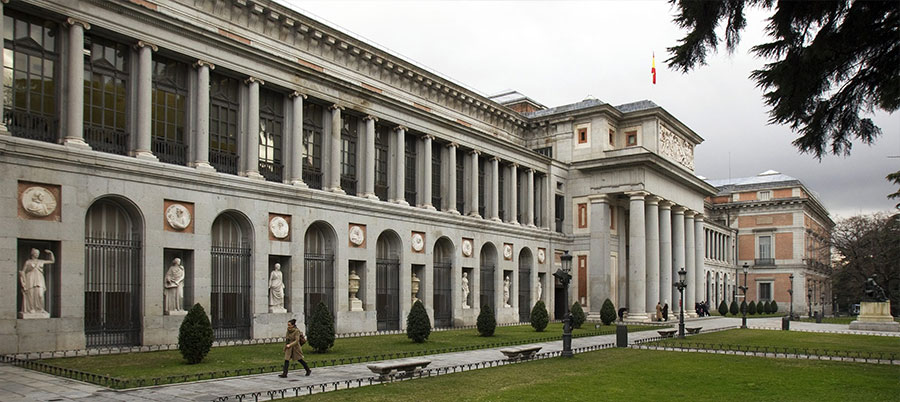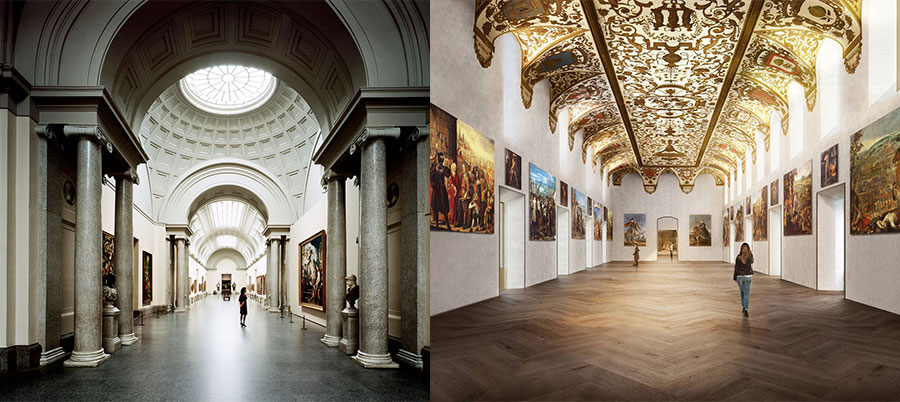Agora Open Air Museum
- 18 Nov - 24 Nov, 2017

One of the world's premier art galleries, Museo del Prado houses a collection of more than 7000 paintings that are like a window onto the historical vagaries of the Spanish soul, at once grand and imperious in the royal paintings of Velázquez, darkly tumultuous in Las pinturas negras (The Black Paintings) of Goya, and outward looking with sophisticated works of art from all across Europe. Spend as long as you can at the Prado or, better still, plan to make a couple of visits because it can be a little overwhelming if you try to absorb it all at once.
The western wing of the Prado (Edificio Villanueva) was completed in 1785, as the neoclassical Palacio de Villanueva. Originally conceived as a house of science, it later served, somewhat ignominiously, as a cavalry barracks for Napoleon’s troops during their occupation of Madrid between 1808 and 1813. In 1814 King Fernando VII decided to use the palace as a museum, although his purpose was more about finding a way of storing the hundreds of royal paintings gathering dust than any high-minded civic ideals – this was an era where art was a royal preserve. Five years later, the Museo del Prado opened with 311 Spanish paintings on display.
Francisco José de Goya y Lucientes (Goya) is found on all three floors of the Prado. In Room 65, Goya’s El dos de mayo and El tres de mayo rank among Madrid’s most emblematic paintings; they bring to life the 1808 anti-French revolt and subsequent execution of insurgents in Madrid.

Diego Rodriguez de Silva y Velázquez (Velázquez) is another of the grand masters of Spanish art who brings so much distinction to the Prado. The vivid, almost-surreal works by the 16th-century master and adopted Spaniard El Greco, whose figures are characteristically slender and tortured, are also perfectly executed. Another alternative is the Prado’s outstanding collection of Flemish art. The fulsome figures and bulbous cherubs of Peter Paul Rubens (1577–1640) provide a playful antidote to the darkness of many of the other Flemish artists and then there are the paintings by Dürer, Rafael, Tiziano (Titian), Tintoretto, Sorolla, Gainsborough, Fra Angelico and Tiepolo.
In contrast to the original Edificio Villanueva, the eastern wing (Edificio Jerónimos) is part of the Prado’s stunning modern extension, which opened in 2007. Dedicated to temporary exhibitions and home to the excellent bookshop and cafe, its main attraction is the 2nd-floor cloisters.
COMMENTS